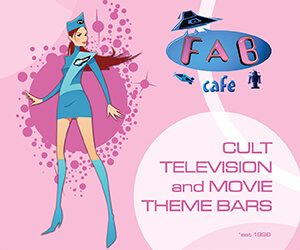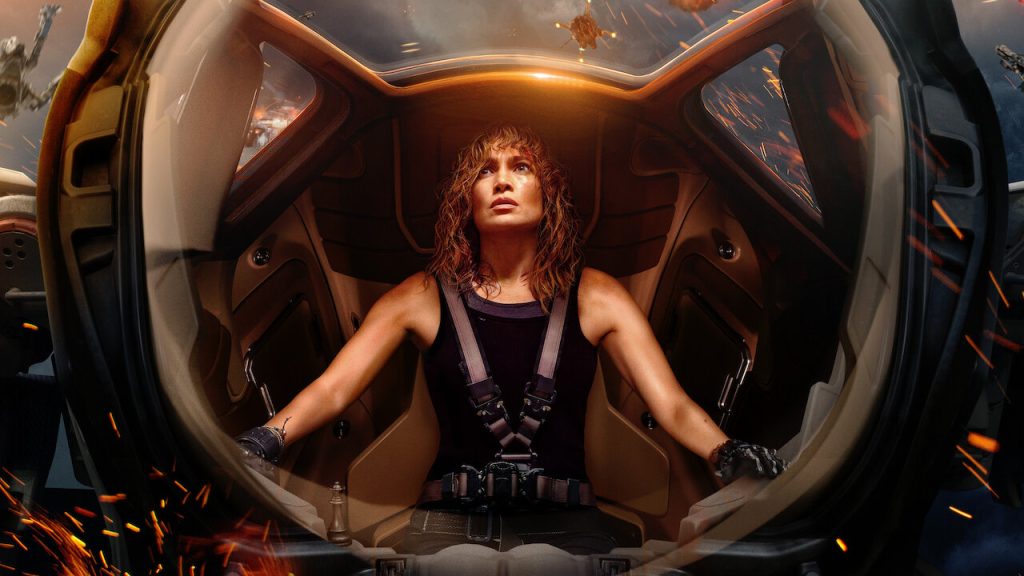When we last spent time in the company of Ian Fleming’s indomitable secret agent James Bond 007, he was driving off into the sunset (well, out of Whitehall) in his refurbished Aston Martin DB5 with his new (and permanent?) squeeze Madeleine Swann at his side. It was, we assumed, the end of the Daniel Craig era, our hero disappearing over the horizon to be reincarnated a few years later in the guise of another actor gifted the role of a lifetime. Craig, publicising Spectre in 2015, was quite vocal in emphasising the fact that he was done with 007, indicating at one point that he would “rather slash his wrists” than return to the role for a fifth film (well, we all have off-days). Eyebrows raised around the world, Roger Moore style, a couple of years later when it was announced that Craig would indeed return for the last hurrah in a film that came to be known as No Time To Die and that it would reach cinema screens early in 2020.
Eighteen months and one worldwide pandemic later, and the film finally – finally – arrives. In a textbook example of art imitating life, its plot involves a plan to unleash a lethal kill-on-touch virus that will wipe millions of people from the face of the Earth. Indeed only one man, one very special man, can save the day and save the world? His name is Bond, James Bond. But he’s no longer on M16’s payroll, and he’s been missing, presumed dead for five years. But, having discovered – almost to his cost – that Madeline Swann has been keeping deadly secrets from him, Bond has been living a quiet life alone in Jamaica. He’s only tempted back into action when his old friend Felix Leiter (Jeffrey Wright) turns up on his doorstep and tells him about a new and very sinister threat to the safety and security of the world.
Expectations have been almost impossibly high for No Time To Die for what seems like years. The eighteen-month delay in the film’s release – and the very real worry late last year that Amazon could eventually snap up the movie for their streaming service – has only served to heighten those expectations to the point that the film could surely only be something of a disappointment. This, we were told, was the film that would finally wrap up the Daniel Craig arc built up – by accident or design – across the previous four films. This was the film that would serve as the proper final bow for Craig after the messy and underpowered Spectre. This would be the ultimate depiction of Bond, the man dealing with all the damage and devastation of the last four films. Some purists have baulked at the ‘humanising’ of Bond, turning him into a relatable human being with a proper backstory and an emotional core preferring to see the invulnerable, quipping action hero who beats up the bad guys, seduces the ladies and blows up the villains’ underground/underwater/outer space secret headquarters and then goes back into storage until the next extraordinary threat to the human race. Craig’s era has generally stripped away the comic book artifice and worked to fashion an 007 for the modern age. However, a rewatch of his previous films reminds us that the ‘old’ Bond has been slowly creeping back into the series with bigger action scenes, more gadgets, a subtle return to the twinkling humour of old. Finally, there are now proper high stakes for Bond to deal with instead of some of the more mundane and underwhelming threats of his previous film. No Time To Die once again sees Bond battling a villain who wants to destroy humanity just because and whilst Bond’s personal stakes are higher than they’ve ever been, the film feels very much like the final combination of the best elements of classic Bond and the new, touchy-feely Bond that many have been uncomfortable with.
Is No Time To Die any good then? And if it is, how good is it? There are several major spoilers to be avoided here. Still, it’s safe to say that this long film (just shy of three potentially bum-numbing hours) grips from the moment it opens with a scene torn from any number of horror films (there’s even a jump scare, for god’s sake!) and brings the Craig era to a largely satisfying climax. The plot is pleasingly labyrinthine, drawing in loose ends and threads from the entire Craig era, the action scenes (especially the sequence that finally arrives midway through the very long pre-credits scene, which will utterly delight old school fans) crunch and crackle and, happily, fears that Bond would be emasculated in a post #metoo world are utterly unfounded. Flavour of the month Phoebe Waller-Bridge was drafted in to ‘punch up’ the script by Bond regulars Neal Purvis and Robert Wade but, a few gags apart, you’d be hard-pressed to tell quite what she has brought to the table. Bond is front and centre here, but there are, quite rightly, some strong supporting female characters. Lashana Lynch is good value as ‘the new 007’ (not James Bond) Nomi, who liaises with Bond in Jamaica. Initially, she regards him as a tired old dinosaur, but as the film progresses, their relationships changes and she learns to respect him even as she realises that 007 really is ‘just a number’. Lea Seydoux is back as Madeline Swann, whose own past is revealed in the film and whose secrets upend her relationship with Bond. Perhaps the best and freshest new face here is fresh-faced CIA agent Paloma played with kick-ass relish by the stunningly lively and hugely likeable Ana de Armas. Eon could do a lot worse than launch her in her own spin-off series as an inexperienced agent finding her way in a ‘man’s world’ of espionage and deranged super-baddies. Just a thought… Familiar faces are back, too, including Ralph Fiennes as M/Mallory, whose terrible misjudgement in the past may have dreadful consequences for the world, Naomi Harris as Eve Moneypenny, Ben Whishaw on top form as supergeek Q with Rory Kinnear providing solid background support as MI6 agent Bill Tanner. Then there’s a return engagement for Christoph Waltz as Blofeld, locked away at HM Prison Belmarsh but still manipulating, still plotting and scheming…
As the deranged Lyutsifer Safin, Rami Malek brings a proper sense of old school supervillainy to the film – he even has a secret island base full of machine-gun-toting henchmen and a natty line in comfy-looking silk pyjamas. The film’s packed narrative and extended running time means that we perhaps don’t see as much of him as we should, but his presence permeates the entire movie, and when he’s on-screen, he’s electric, and the scenes where he and Bond finally meet are edge-of-the-seat thrilling.
No Time To Die is a film full of secrets and surprises, and perhaps that’s how it should be. Is it perfect? In all honesty, no, it isn’t… The middle hour can’t help but feel exposition-heavy (there is a lot to get through here), and we could have done with a few more of those bone-crunching, physical punch-ups the Craig era has specialised in; Bond races around machine-gunning the bad guys and we might have liked a bit more close contact combat. But in the end, these are fairly minor quibbles in a film that packs more than its fair share of punches with explosive, exhausting action scenes, lovely easter eggs and callbacks for long-time fans and a real emotional heft in a story that’s not just about Bond but about what Bond means and who Bond is in a world so very different from the one the series arrived way back in 1962.
James Bond Will Return, we’re assured in the end credits. How he will return and who will be donning the tuxedo and swigging back the vodka martinis is anyone’s guess and is likely to remain that way for some time until the dust settles over this powerful, punchy, delightful action movie. The Daniel Craig era has ended as it began in 2005 by redefining and repositioning Bond as a hero not just for this time but for all time. We’re happy to sit and wait for his eventual reappearance. After all, we have all the time in the world…








